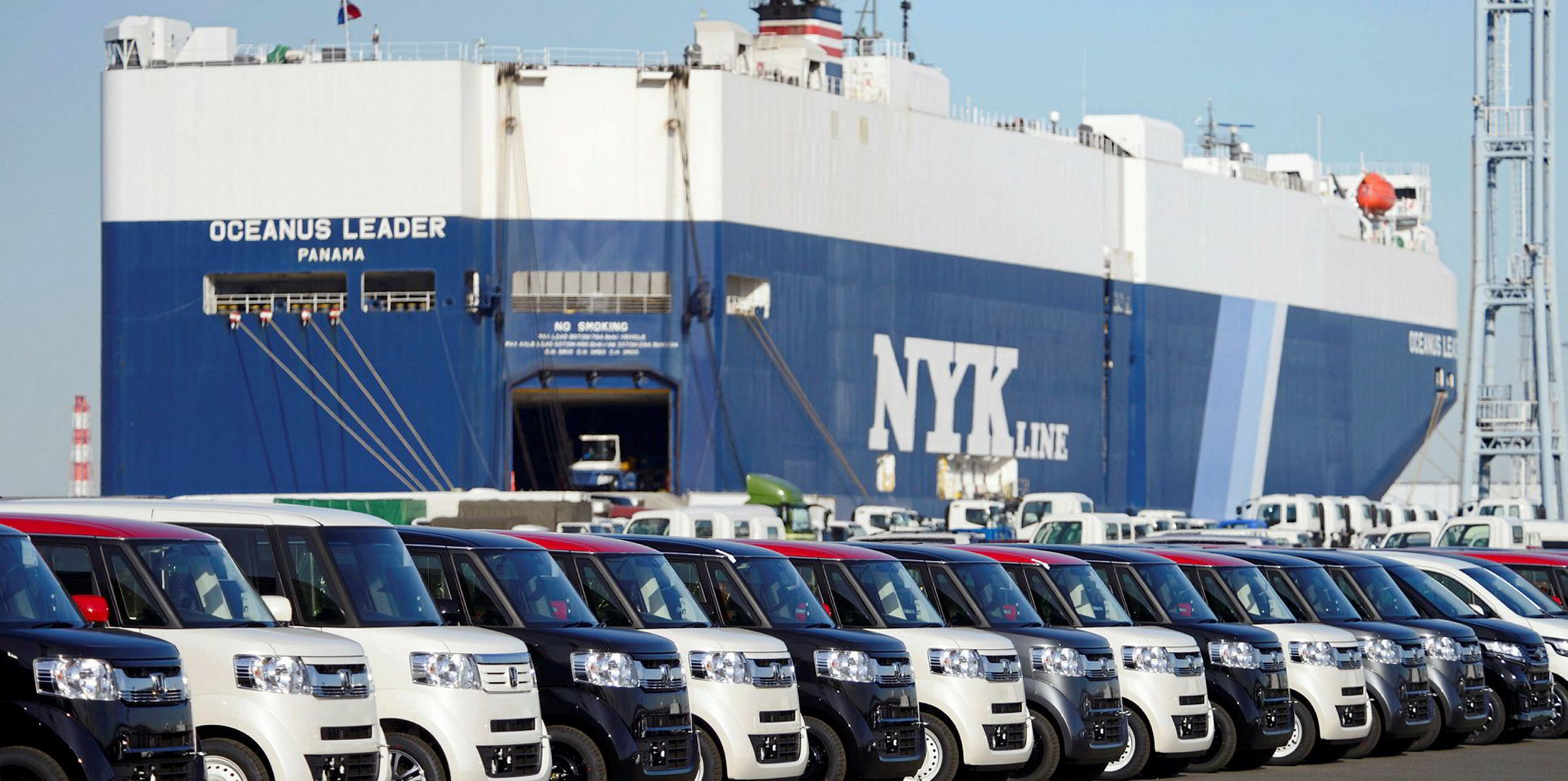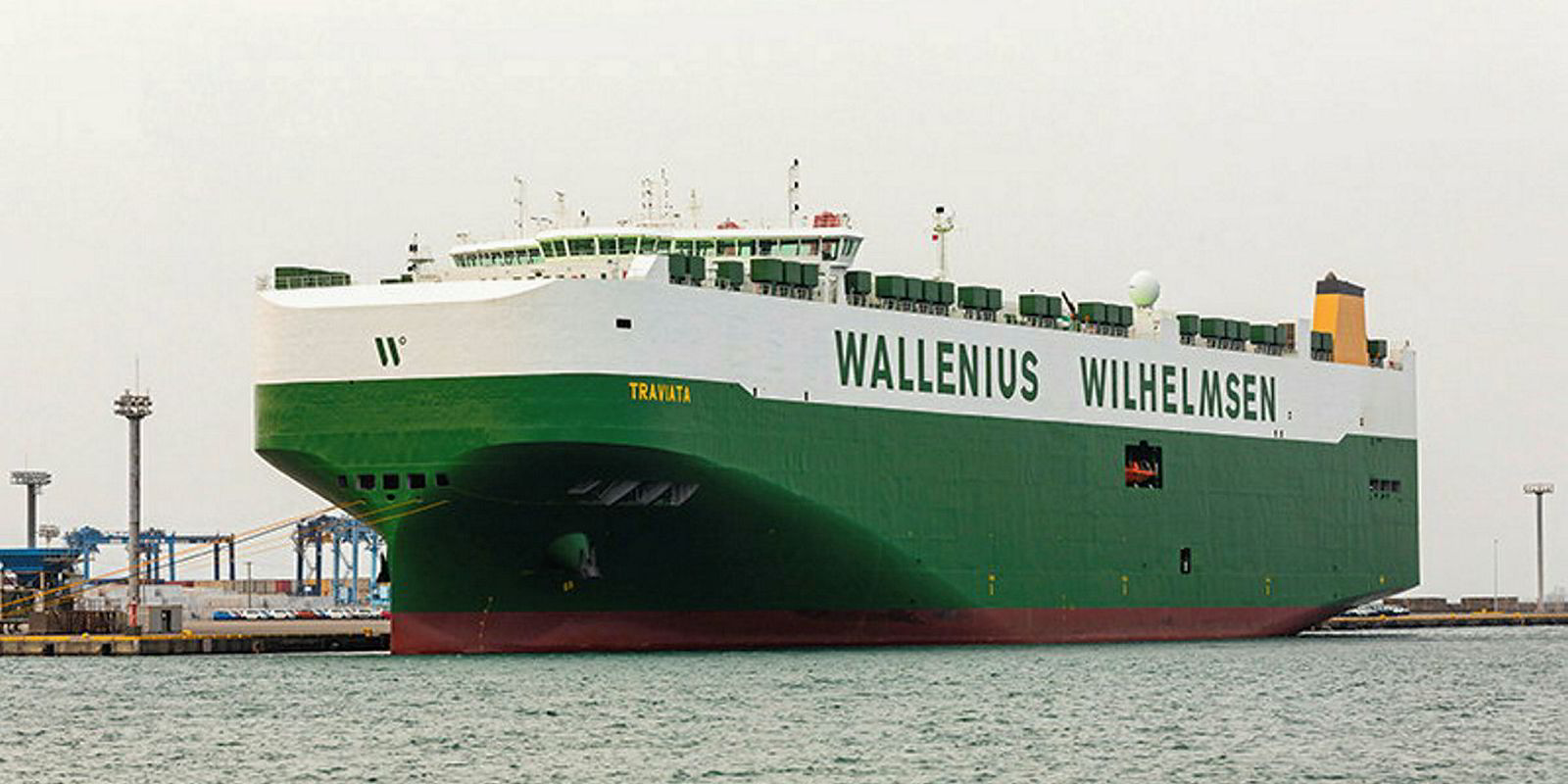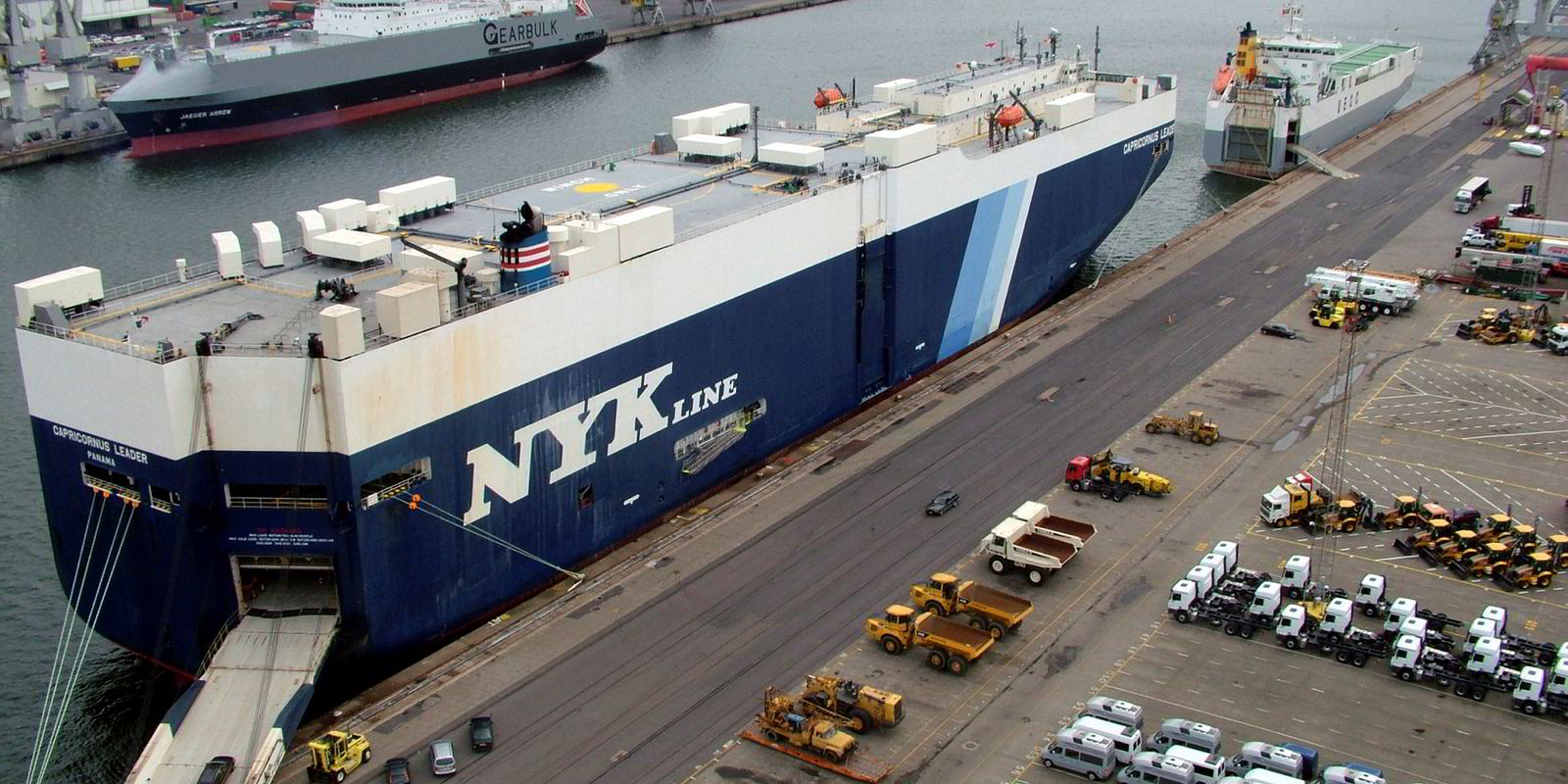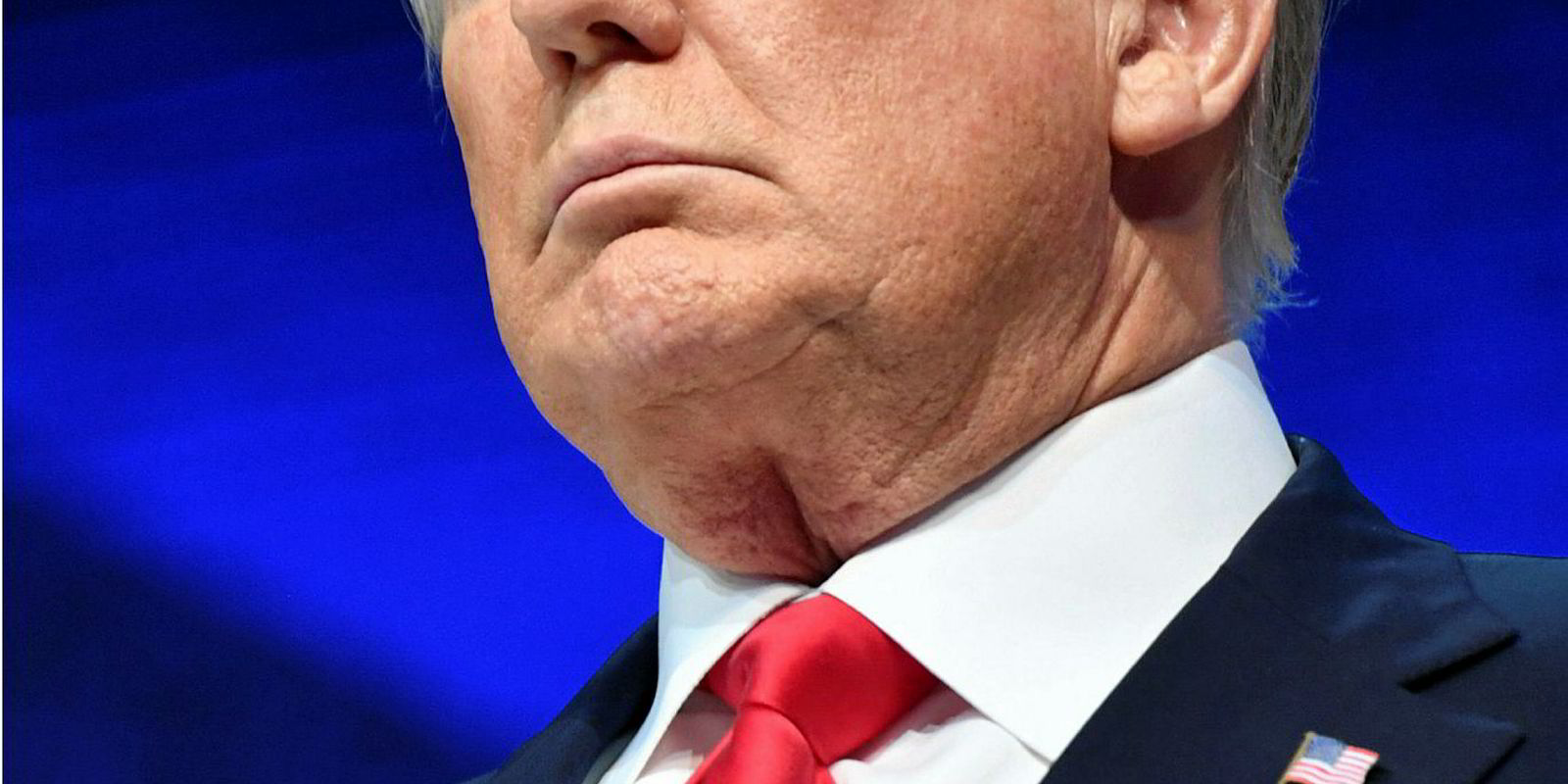The escalation of the trade war between the US and China has sparked concern over potential operational challenges and demand uncertainties for car carriers.
China may be poised for more retaliation after the Donald Trump administration decided to raise tariffs on $200bn-worth of Chinese imports from 10% to 25% in early May, while threatening to impose the same tariff rate on all imports from China.
A fresh escalation of threats by the US to raise tariffs on all Chinese imports to 25% increases the chances of retaliatory measures from China
Fitch Ratings
The automobile trade was an earlier victim of the tension between the two countries, with the US slapping an extra 25% tariff on Chinese automobiles in mid-2018.
Chinese response
In retaliation, China hiked tariffs on imports of US automobiles from 25% to 40%. However, the policy has been rolled back since January as Beijing seeks to show goodwill during the trade talks.
“A fresh escalation of threats by the US to raise tariffs on all Chinese imports to 25% increases the chances of retaliatory measures from China,” according to Fitch Ratings.
Even as the direct automobile trade between the world’s two largest economies is small, the market impact of the trade tension could be “disproportionally large”, said Drewry’s head of car carriers, Tom Ossieur.
“The main impact would be widening of the transpacific trade imbalance and the effect it has on operational efficiency,” Ossieur told TradeWinds, suggesting operators would face even more difficulties operating their vessels profitably.
According to Drewry, China imported about 168,000 units of passenger cars from the US in 2018, while the US imported 37,600 from China. Clarksons estimates the portion of the automobile trade that is subject to tariffs accounts for just 0.9% of the world’s total seaborne volume.
However, Ossieur warned that car carriers should look beyond absolute volumes.
“The eastbound transpacific trade lane is currently the highest used east-west trade lane,” Ossieur said. “Meanwhile, of the main east-west trade lanes, the westbound transpacific trade lane has the lowest utilisation.
“Therefore, a decrease in Chinese imports from the US would further distort the finished vehicle trade balance in the Pacific Basin, with operators already struggling to optimise vessel routing.”
Drewry data shows MOL, K Line and NYK Line control more than 50% of eastbound and 60% of westbound capacity deployed on the transpacific trade, dominated by 6,700-ceu vessels or larger. There are also smaller operators such as Siem Car Carriers that deploy 4,900-ceu vessels in a transpacific loop.
In terms of shippers, Fitch Ratings pointed out that BMW and Daimler are the most exposed to the trade war.
“About 15% of all BMW's sales in China are imported from the US, while 8% to 10% of Daimler's cars sold in the country are US-manufactured,” Fitch Ratings says. “Therefore, their sales volumes could be significantly affected if the manufacturers pass on price increases to cover higher tariffs.”
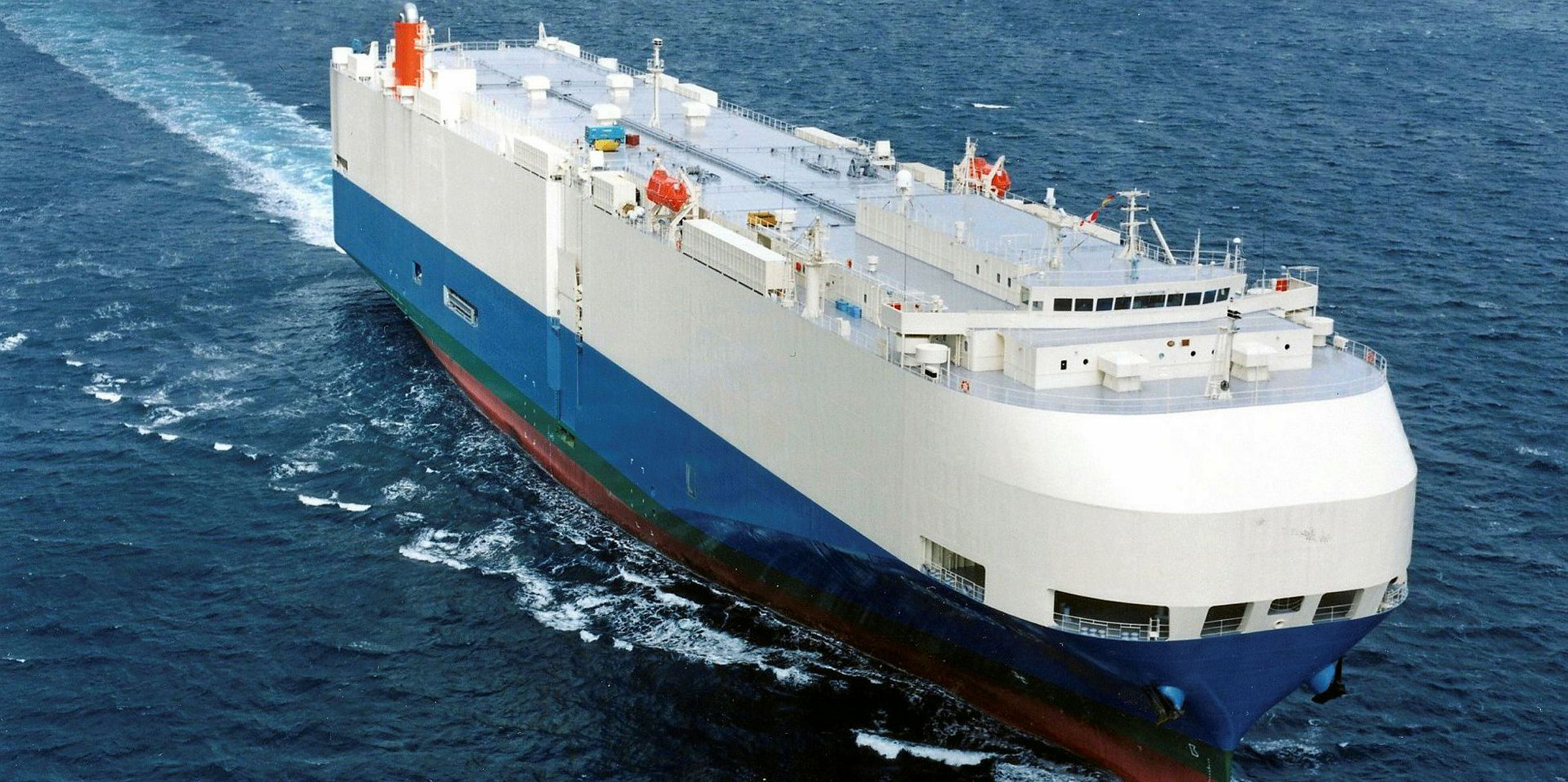
Shockwaves
Many analysts have warned that the US-China dispute should not be seen as an isolated event and suggested global supply chains would feel ripple effects.
When announcing the tariff hike on US automobiles, China — the world’s largest auto market — also cut tariffs on imports from other regions from 25% to 15%.
This would have theoretically boosted China’s car imports from Europe and Japan, but Chinese consumers were delaying purchases in anticipation of further price drops, according to analysts.
Meanwhile, Washington has threatened to impose an additional 25% tariff on vehicle imports from producers across the globe, having done so to China-based makers.
This is expected to hurt the seaborne auto trade and beyond, with the role of the auto industry playing in many economies.
World Trade Organization chief economist Robert Koopman has reportedly predicted a global auto trade war would have an even larger impact than the US-China dispute.
“US-China trade is about 3% of global trade. Automobile trade globally is about 8% of global trade. So you can imagine,” he said, according to media reports.
Healthy fundamentals
The trade war has delayed the market recovery that car carriers have been waiting for since 2016.
Analysts had predicted tightening market balances for this year. In late 2018, Clarksons was expecting global seaborne auto trade volume to increase by 2.4% to 22.9 million cars this year.
Clarksons' orderbook data suggests that no more than nine car carriers would be delivered in 2019, pointing to a possible contraction of the fleet.
“Recovery is slower than principally the fundamentals should indicate. To a certain extent, it’s due to uncertainty,” Ossieur said.
